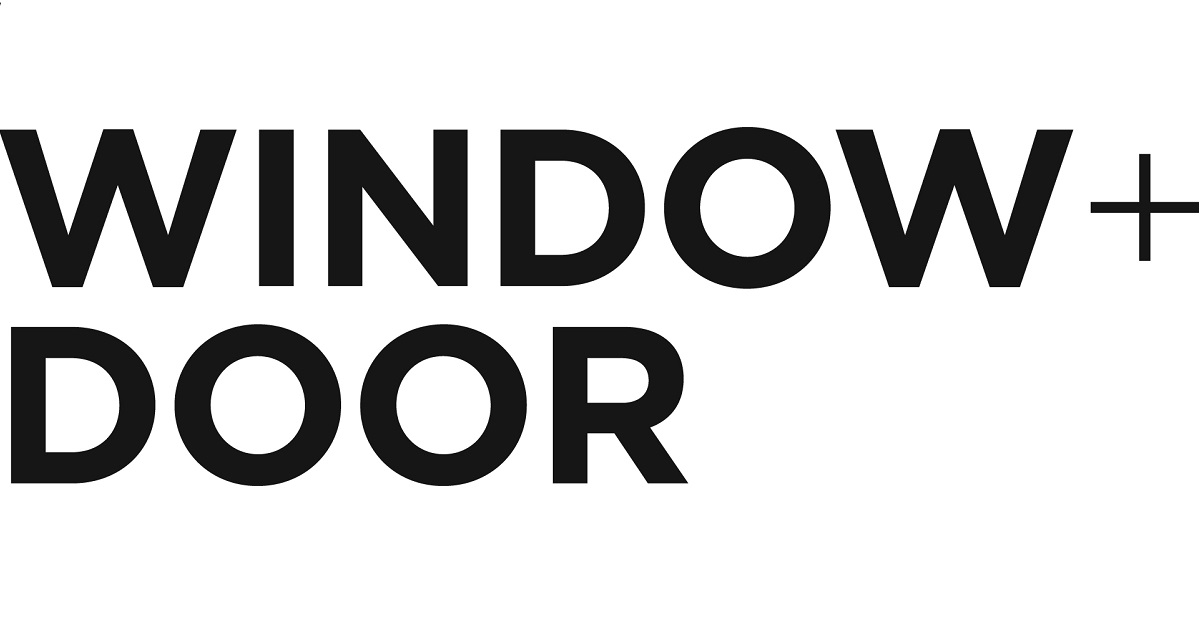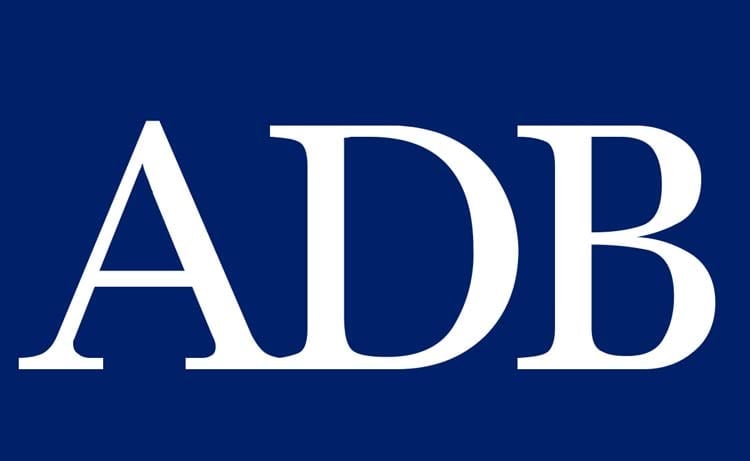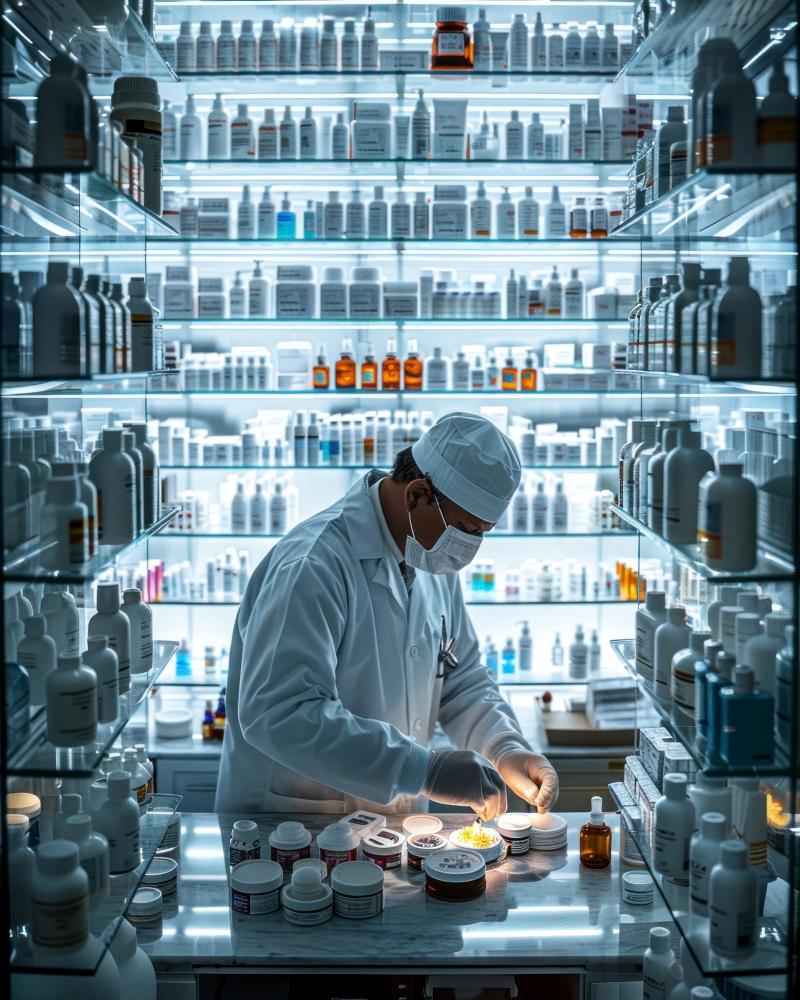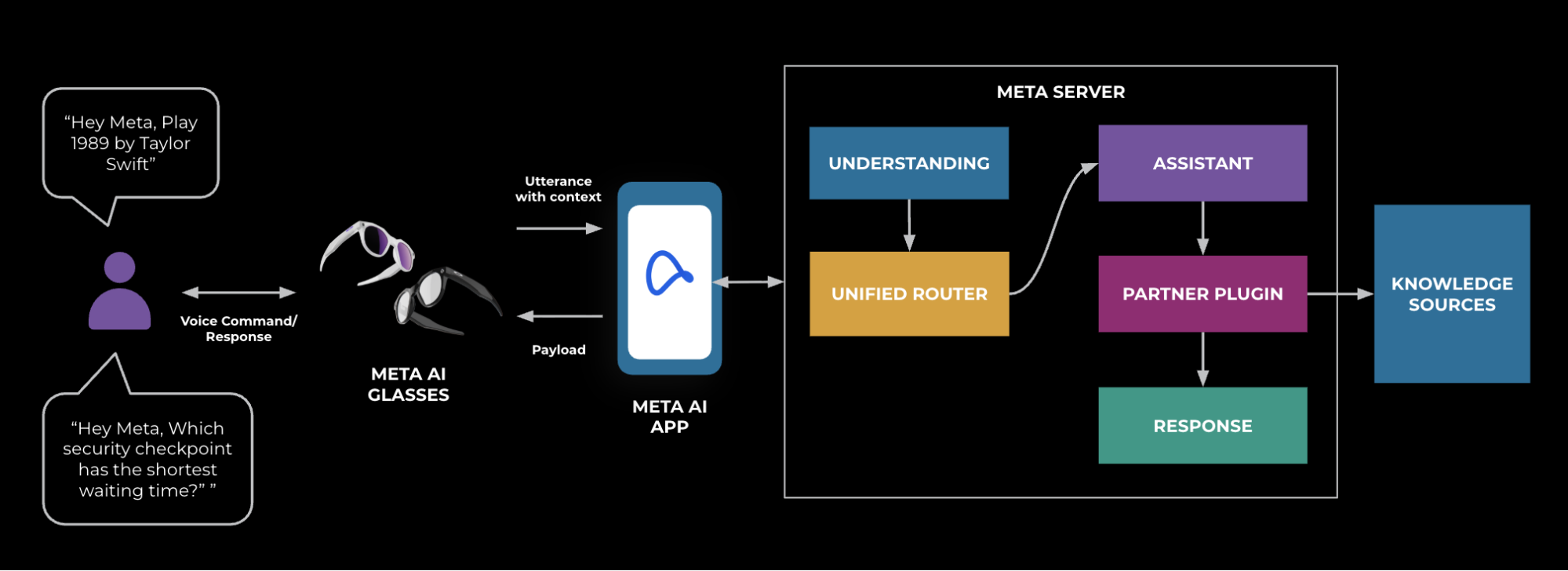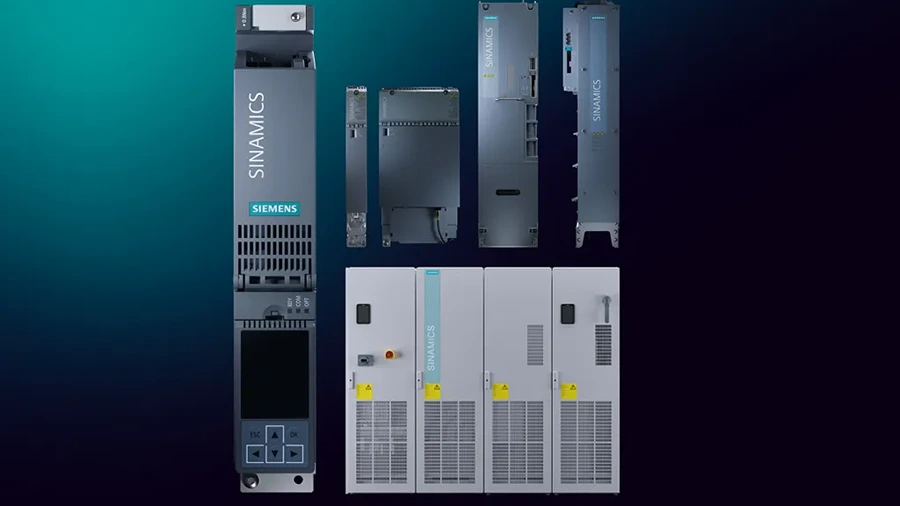Report on a Strategic Collaboration Advancing Sustainable Building Technologies
Introduction
A strategic collaboration between Erdman Automation Corp. and Corning Incorporated has resulted in a significant manufacturing innovation for insulating glass (IG). This development integrates Erdman’s new TPS Cohesive Bond (CB) and Cohesive Bond High Speed (CBHS) lines with Corning Enlighten Glass. The resulting technology directly supports the achievement of several United Nations Sustainable Development Goals (SDGs) by enabling the production of lightweight, high-performance IG units, including advanced triple-pane configurations, which are critical for sustainable infrastructure.
Alignment with Sustainable Development Goals (SDGs)
The innovation presents a scalable solution that addresses key environmental and industrial challenges, contributing directly to the following SDGs:
- SDG 7 (Affordable and Clean Energy): By producing IG units with superior thermal efficiency, this technology reduces the energy required for heating and cooling buildings, making energy use more efficient and sustainable.
- SDG 9 (Industry, Innovation, and Infrastructure): The collaboration represents a key industrial innovation that promotes resilient and sustainable infrastructure through advanced building materials.
- SDG 11 (Sustainable Cities and Communities): The availability of lighter, more efficient windows supports the development of sustainable buildings, a cornerstone of creating inclusive, safe, and resilient cities.
- SDG 12 (Responsible Consumption and Production): The process facilitates reduced material usage and creates lighter-weight units, promoting sustainable production patterns and reducing the carbon footprint associated with transportation and installation.
- SDG 13 (Climate Action): Enhanced building energy efficiency is a critical measure for climate change mitigation, as it directly leads to a reduction in greenhouse gas emissions from the building sector.
Technological and Manufacturing Advancements
System Integration and Process
The core of the innovation lies in Erdman’s CB and CBHS lines, which are engineered to utilize Corning’s ultra-thin Enlighten Glass as the center lite in multi-pane IG units. The system employs a process that applies spacer material to both outer soda-lime glass lites simultaneously, streamlining the fabrication of advanced triple-pane units.
Key Contributions to Sustainable Manufacturing
- Enhanced Thermal Performance: The integration facilitates the production of IG units with significantly improved thermal efficiency, directly contributing to SDG 7 by reducing building energy consumption.
- Material Reduction and Efficiency: The use of ultra-thin center glass reduces overall material consumption and unit weight without compromising strength or durability, aligning with the principles of SDG 12.
- Logistical and Installation Benefits: Lighter units are easier to handle and install, particularly in large-format applications, which can reduce labor intensity and associated costs, fostering more efficient construction practices under SDG 9.
- Advanced Design Compatibility: The technology enables the use of advanced triple-pane designs within standard-depth window frames, removing a significant barrier to the adoption of high-efficiency glazing in both new construction and retrofitting projects, thereby advancing SDG 11.
Industry Perspectives and Future Outlook
Expert Commentary
Morgan Donohue, President at Erdman Automation, stated, “By combining Corning’s world-class glass with our new CB platform, we’re addressing weight, strength, and thermal challenges in a single system. This opens up real, scalable opportunities for advanced triple production.” Chelsea Tracy, Program Director at Corning Emerging Innovations Group, added, “This collaboration is a meaningful step toward broader availability of lighter, more thermally efficient window offerings.”
Technology Demonstration
The integrated solution is scheduled for its debut at GlassBuild America in Orlando, Florida, from November 4-6, 2025. Live demonstrations at Booth 14064 will showcase the system’s capabilities in handling ultra-thin glass, applying spacers, and fabricating triple-pane units, highlighting its potential to accelerate the industry’s transition toward more sustainable building practices.
Analysis of Sustainable Development Goals in the Article
1. Which SDGs are addressed or connected to the issues highlighted in the article?
-
SDG 7: Affordable and Clean Energy
- The article emphasizes the production of “thermally efficient IG units.” This innovation directly contributes to reducing energy consumption in buildings for heating and cooling, which aligns with the goal of promoting energy efficiency.
-
SDG 9: Industry, Innovation, and Infrastructure
- The collaboration between Erdman Automation and Corning Incorporated is described as a “new innovation to insulating glass manufacturing.” This focuses on upgrading industrial processes and technology to create more sustainable products, which is a core aspect of SDG 9.
-
SDG 11: Sustainable Cities and Communities
- By enabling “lighter, more thermally efficient window offerings,” the technology supports the development of more energy-efficient buildings. This is crucial for creating sustainable urban environments and reducing the overall environmental footprint of cities.
-
SDG 12: Responsible Consumption and Production
- The article explicitly mentions “Reduced material usage without compromising durability.” This directly addresses the goal of achieving more sustainable management and efficient use of natural resources in production processes.
-
SDG 13: Climate Action
- Improved thermal efficiency in windows leads to lower energy demand from buildings, which in turn reduces greenhouse gas emissions from power generation. This technology serves as a practical tool to mitigate climate change, aligning with the objectives of SDG 13.
2. What specific targets under those SDGs can be identified based on the article’s content?
-
Target 7.3: By 2030, double the global rate of improvement in energy efficiency.
- The development of “thermally efficient IG units including triple and advanced triple configurations” is a technological advancement aimed directly at improving energy efficiency in the building sector, a major consumer of energy.
-
Target 9.4: By 2030, upgrade infrastructure and retrofit industries to make them sustainable, with increased resource-use efficiency and greater adoption of clean and environmentally sound technologies and industrial processes.
- The article describes Erdman’s new “TPS Cohesive Bond (CB) and Cohesive Bond High Speed (CBHS) lines” as a new system that integrates ultra-thin glass. This represents an upgrade to industrial processes that increases resource efficiency (“reduced material usage”).
-
Target 11.6: By 2030, reduce the adverse per capita environmental impact of cities, including by paying special attention to air quality and municipal and other waste management.
- The availability of “lighter, more thermally efficient window offerings” contributes to constructing more sustainable buildings, which is essential for reducing the energy consumption and related environmental impact of urban areas.
-
Target 12.2: By 2030, achieve the sustainable management and efficient use of natural resources.
- The innovation allows for “Reduced material usage without compromising durability.” By using ultra-thin glass and an efficient spacer application process, the technology promotes more efficient use of raw materials like glass and metals.
3. Are there any indicators mentioned or implied in the article that can be used to measure progress towards the identified targets?
-
Improved Thermal Efficiency
- The article repeatedly mentions “improved thermal efficiency.” This can be measured quantitatively using industry metrics like the U-value of the insulating glass units. A lower U-value indicates better insulation and would serve as a direct indicator of progress towards Target 7.3.
-
Reduction in Material Usage and Weight
- The phrases “Reduced material usage” and “Lightweight IG units” imply measurable indicators. Progress can be tracked by quantifying the reduction in the weight of glass and other components per square meter of the window compared to traditional double or triple-pane units. This relates to Targets 9.4 and 12.2.
-
Adoption of Advanced Manufacturing Technology
- The article introduces the “CB and CBHS lines” as a new platform. The rate at which insulating glass manufacturers adopt this new technology could be an indicator of the industry’s shift towards more sustainable and resource-efficient processes, as envisioned in Target 9.4.
4. Summary of SDGs, Targets, and Indicators
| SDGs | Targets | Indicators |
|---|---|---|
| SDG 7: Affordable and Clean Energy | 7.3: Double the global rate of improvement in energy efficiency. | Improvement in the thermal efficiency of window units (e.g., measured by lower U-values). |
| SDG 9: Industry, Innovation, and Infrastructure | 9.4: Upgrade industries to make them sustainable, with increased resource-use efficiency and adoption of clean technologies. | Rate of adoption of the new CB/CBHS manufacturing lines; Quantifiable increase in resource-use efficiency per unit produced. |
| SDG 11: Sustainable Cities and Communities | 11.6: Reduce the adverse per capita environmental impact of cities. | Increased use of high-performance, energy-efficient windows in new and retrofitted buildings within urban areas. |
| SDG 12: Responsible Consumption and Production | 12.2: Achieve the sustainable management and efficient use of natural resources. | Measured reduction in the weight and volume of raw materials (e.g., glass) used per insulating glass unit. |
| SDG 13: Climate Action | Integrate climate change measures into policies and planning. (Implied contribution) | Reduction in building energy consumption and associated greenhouse gas emissions resulting from the widespread installation of these advanced windows. |
Source: windowanddoor.com

